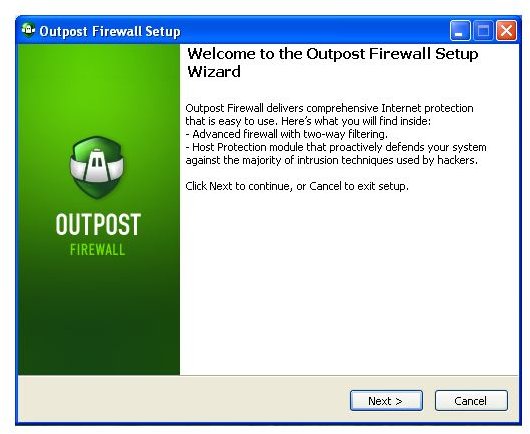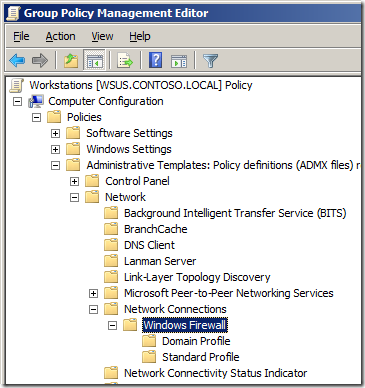

You can find an unofficial list of (most) TCP/UDP ports on the Wikipedia page, and you can also search for the app you’re using. Unfortunately, we can’t tell you specifically which to use because different apps use different protocols. Port numbers can range from 0-65535, with ports up to 1023 being reserved for privileged services. On the next screen, you’ll have to choose whether the port you’re opening uses the Transmission Control Protocol (TCP) or User Datagram Protocol (UDP). On the Rule Type page, select the “Port” option and then click “Next.” If you need to open a rule for outgoing traffic, instead of clicking “Inbound Rule,” you’d click “Outbound Rule.” Most apps are pretty good about creating their own outbound rules when you install them, but you might occasionally run into one that cannot. If you have a router on your network (which you likely do), you will also need to allow the same traffic through that router by forwarding the port there.
#HOW DO I CHECK MY FIREWALL SETTINGS IN WINDOWS8.1 HOW TO#
Note: This article shows you how to open a port on a particular PC’s firewall to let traffic in. If you’re running something like a game server, you might need to open a port to allow that specific kind of traffic through the firewall. By default, most unsolicited traffic from the internet is blocked by Windows Firewall. Where an IP address shows traffic how to get to a particular device on a network, the port number lets the receiving device know which program gets that traffic. When a device connects to another device on a network (including the internet), it specifies a port number that lets the receiving device know how to handle the traffic. Sometimes, though, you’ll want to allow otherwise restricted traffic through your firewall.

Firewalls are there to protect you from threats on the internet (both traffic from the internet and from local applications trying to gain access when they shouldn’t).


 0 kommentar(er)
0 kommentar(er)
